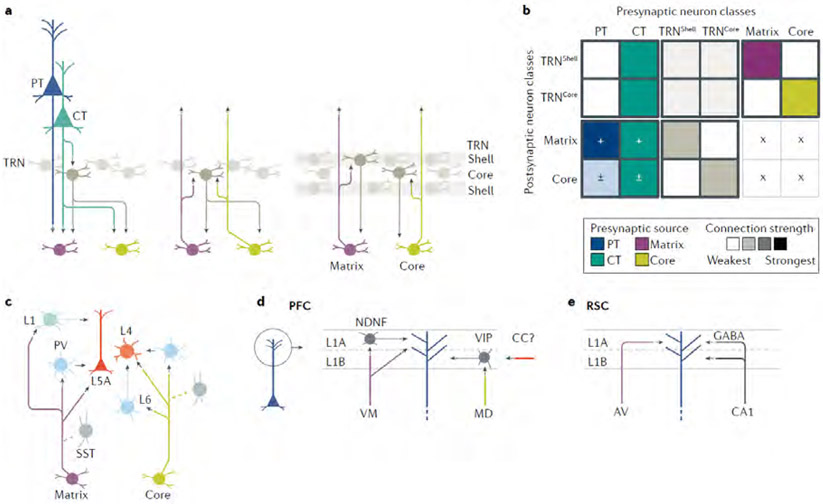Fig. 6 ∣. Inhibition in cortico-thalamo-cortical loops.
a ∣ The thalamic reticular nucleus (TRN) is a major inhibitory hub in CTC circuits. Connections of inhibitory TRN neurons include descending inputs from CT axons (left). One type of circuit thought to mediate inter-nuclear cross-talk is via the TRN (middle). Another type of circuit, based on recent evidence for segregated loops, links matrix-type thalamic nuclei with TRN ‘shell’ neurons, and core-type thalamic nuclei with TRN ‘core’ neurons (right). b ∣ The connectivity matrix qualitatively incorporates circuit connections of the TRN2,4,7,45,46,93,150-162,164-169. The two types of GABAergic neurons in the TRN have distinct connectivity patterns. c ∣ The diagram depicts the CTC-related connections of inhibitory neurons in the cortex that have been identified in the sensory cortex50,57,64,93,170-181. For both the core-type and matrix-type TC projections, the fast-spiking, parvalbumin-expressing interneurons are major targets, but the somatostatin-expressing neurons are not. Matrix-type projections excite additional classes of interneurons through their layer 1 axons. The circuit organization generates strong sensory-driven feedforward inhibition in sensory cortices. d ∣ In the PFC, dissection of CTC-related circuits of layer 1 (REF.183) shows stratification into parallel channels in two sublayers, with matrix-type VM axons targeting neuron-derived neurotrophic factor-expressing interneurons and pyramidal neuron dendrites in layer 1A, and core-like MD axons targeting vasoactive intestinal peptide-expressing interneurons in layer 1B, which are also likely targets of corticocortical (CC) input. Distinct forms of short-term plasticity at the various synapses generate complex dynamics to regulate pyramidal neuron excitability. e ∣ An unusual variant of layer 1 inhibition in CTC loops is found in the retrosplenial cortex (RSC), where apical tuft dendrites of pyramidal neurons receive both excitatory input from matrix-type axons of anteroventral (AV) thalamus and long-range GABAergic input from RSC-projecting CA1 neurons in hippocampus135. This apparently unique arrangement exemplifies how CTC circuit organization can be regionally specialized, presumably to mediate system-specific functions.

